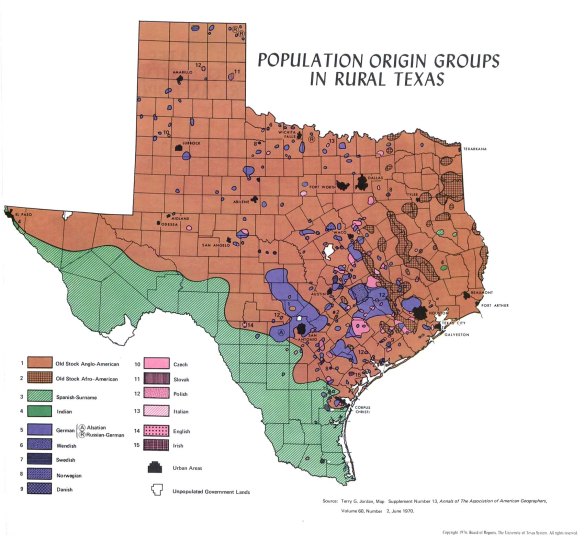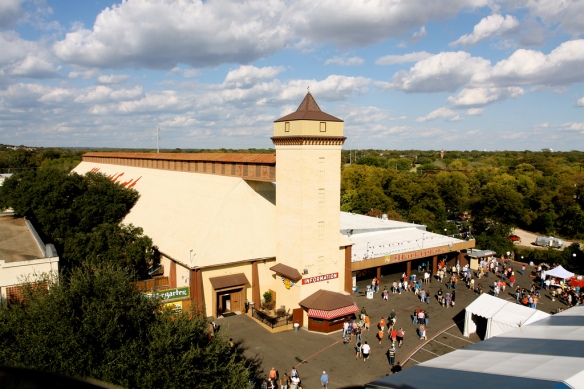
Credit – TravellingOtter , no modifications.
In Germany, Oktoberfest is celebrated annually in Munich from last week of September and first week of October. The first Oktoberfest began with a parade in 1810 to honor the marriage of Prince Ludwig and Therese of Saxe-Hildburghausen. Since then it has grown year-by-year and now more than 6 million people per year visit to celebrate the 16-18 day festival. If you can’t make the trek to the Theresienwiese this year, there will be plenty of Bavarian themed celebrations in Texas.
Here are a few that we think you will find the most enjoyable throughout the fall.
Fredricksburg OktoberFest
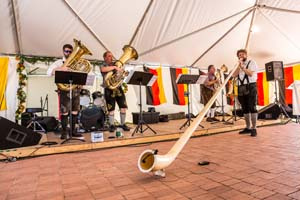
This traditional Oktoberfest in the heart of German-Texan territory is fun for the whole family. Expect oompah music, lots of food, a giant chicken dance, and even a 42 tournament. The festival takes place in the heart of downtown Fredricksburg on the Marktplatz. Be sure to take a stroll down main street while you are in Fredricksburg.
More Info – http://oktoberfestinfbg.com/
AustOberfest – (Late Sept)
Break out your dirndl and lederhosen for Austoberfest. Taking place at Shultz’s / The Austin Saengerrunde hall, this local Oktoberfest includes all you can eat sausage from a plethora of local sausage makers. The usually private choral and bowling club allows visitor through the doors for this yearly event. I had a good time when I attended a couple of years back. I advise getting their early to claim a spot and hopefully avoid the lines for beer and sausage. The festivities benefit Foodways Texas.
More Info – http://www.austoberfest.com/
Wurstfest – New Bruanfels (Nov. 3rd – 12th)
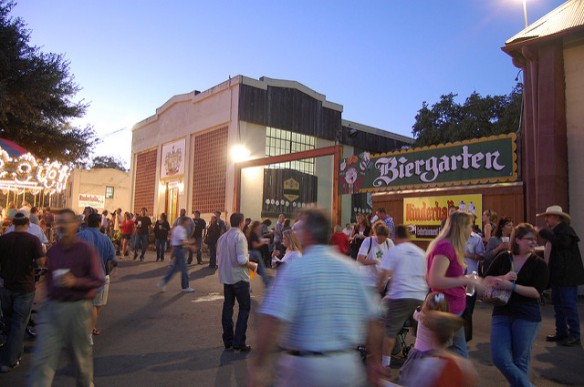
Credit: Moresheth, Not Modifications. CC License.
This is the grand-daddy of all Texas Oktoberfest and possibly the one of the best in the country. The Ten Day Salute to Sausage in New Bruanfels has everything a good Oktoberfest needs, great polka music, lots of sausage (wurst) and tons of Bier.
The party takes place at the Wurstfest grounds in Landa Park on the banks of the Comal River.
Stop by the Rotary booth in the middle of the food court for a plate of wurst and kartoffelpuffer (potato pancakes) before heading to the main hall with your pitcher to find a table to sit and enjoy the polka music.
I highly recommend checking the schedule to see when Alex Meixner is playing, but there really aren’t any bad bands.
All-in-all Wurstfest is a must for anyone who is a fan of all things Germanesque. So be sure to mark your calendar for a stop in New Braunfels during the early days of November (Friday before the first Sunday in Nov. through the 2nd Sunday in Nov.) The 2017 festivities run from Nov. 3rd through the 12th.
Group tickets, and special discounts are available via the Wurstfest website.
More Info – https://wurstfest.com/
 German Texas Heritage Society Oktoberfest – Oct. 14th 2017
German Texas Heritage Society Oktoberfest – Oct. 14th 2017
This is another great small Oktoberfest. It takes place at the German Free School just off of Red River in Austin. This small family friendly affair has lots of traditional German fun.
More Info- http://germantexans.org/events
 Addison Oktoberfest – (Mid-September)
Addison Oktoberfest – (Mid-September)
If you’re looking for an Oktoberfest in the Dallas area this is the place to go. I’ve attended this one and the grounds are larger than most of the other Oktoberfests I have been too. For $49.99 you can enjoy a three course meal paired with Paulaner biers prepared by chef Richard Chamberlain. “On Sunday ONLY, in addition to the famed Dachshund Parade, wiener dogs from across North Texas can race in the Dachshund Races for fun and prizes!” – addisonoktoberfest.com
Thursday and Sunday are Free!
More Info – http://addisonoktoberfest.com/
Beethoven Maennerchor Oktoberfest – (First and Second weekend of October)
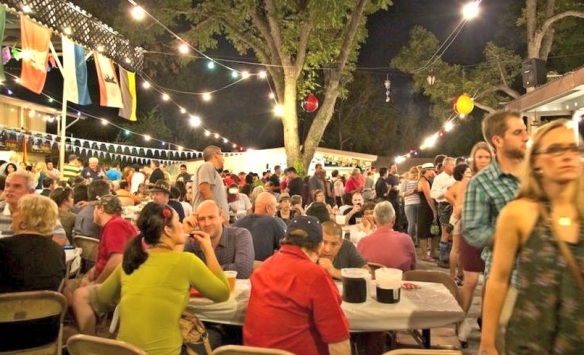
Located just south of the riverwalk in the historic King William District of downtown San Antonion Beethoven Maennerchor Hall is a historic choral club, with preservation of German culture as it’s primary purpose. I’ve never been to this Oktoberfest, but I have been to the hall. I think you can expect an authentic Oktoberfest with lots of nice people. Let’s face it, San Antonians know how to throw a great party.
More Info – https://www.beethovenmaennerchor.com/events
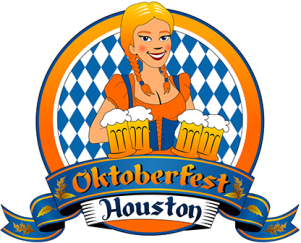 Oktoberfest Houston – (Late September)
Oktoberfest Houston – (Late September)
Houston’s Oktober fest takes place at Water Works on Buffalo Bayou. This is another one I have yet to attend. Judging from the website it looks like it is going to be a big party with lots of shenanigans. They also have lots of interesting competitions as part of their Oktoberfest Olympiad, including a stein race, barrel roll and brat toss. So get their early with a partner and sign up for the fun.
More Info – http://www.oktoberfesthouston.com/
Do you know of a great small town Oktoberfest that I shouldn’t miss?
What Oktoberfests did we forget? We’ll add them to our list.
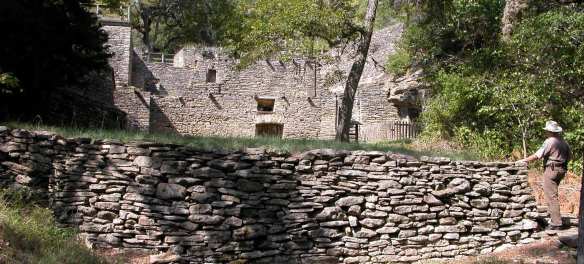 Although it’s just the remains of the structure it’s still possible to visit the oldest brewery in Texas. The ruins of the historic Kriesche Brewery are located in the Monument Hill & Kreische Brewery State Historic Sites (a state park), in La Grange, Texas.
Although it’s just the remains of the structure it’s still possible to visit the oldest brewery in Texas. The ruins of the historic Kriesche Brewery are located in the Monument Hill & Kreische Brewery State Historic Sites (a state park), in La Grange, Texas.



 German Texas Heritage Society Oktoberfest – Oct. 14th 2017
German Texas Heritage Society Oktoberfest – Oct. 14th 2017 Addison Oktoberfest – (Mid-September)
Addison Oktoberfest – (Mid-September)
 Oktoberfest Houston – (Late September)
Oktoberfest Houston – (Late September)